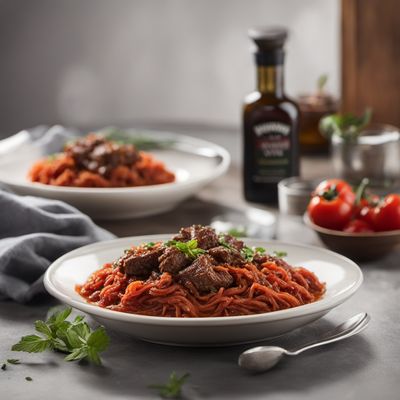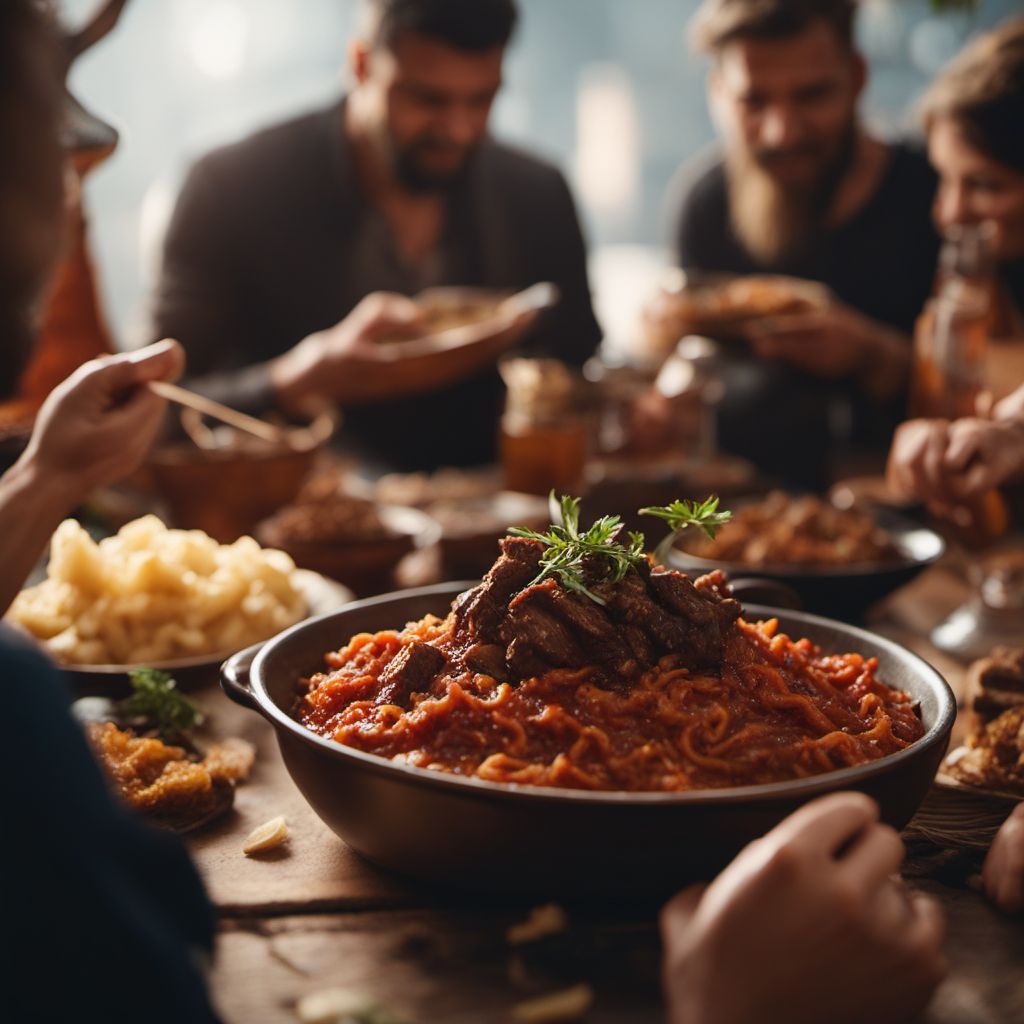
Dish
Ragù di cinghiale
Wild boar Ragù
Ragù di cinghiale is made by slowly cooking wild boar meat with onions, carrots, celery, garlic, tomatoes, and red wine. The sauce is then simmered for several hours until the meat is tender and the flavors have melded together. This dish is typically served over pasta, such as pappardelle or tagliatelle. The sauce can also be used as a topping for polenta or served with crusty bread. Ragù di cinghiale is a popular dish in Tuscany and other regions of Italy where wild boar is hunted.
Origins and history
Ragù di cinghiale has its roots in Tuscany, where wild boar hunting has been a tradition for centuries. The dish was originally made with other types of game meat, such as venison or hare, but wild boar became the most popular choice over time. Today, ragù di cinghiale is a staple of Tuscan cuisine and is enjoyed throughout Italy.
Dietary considerations
This dish is not suitable for vegetarians or vegans. It is also not recommended for individuals with pork or red meat allergies. The sauce contains red wine, so it may not be suitable for individuals who avoid alcohol.
Variations
There are many variations of ragù di cinghiale, depending on the region and the cook. Some recipes call for the addition of pancetta or bacon, while others use different types of wine or spices. Some cooks also add a touch of cream or milk to the sauce to balance out the acidity of the tomatoes.
Presentation and garnishing
Ragù di cinghiale should be served hot and garnished with freshly grated Parmesan cheese and chopped parsley. A drizzle of extra-virgin olive oil can also be added for extra flavor.
Tips & Tricks
To make the sauce even more flavorful, try marinating the wild boar meat in red wine and herbs overnight before cooking. Be sure to use a heavy-bottomed pot to prevent the sauce from burning, and stir frequently to prevent sticking. Leftover sauce can be frozen for up to 3 months.
Side-dishes
Ragù di cinghiale is typically served over pasta, such as pappardelle or tagliatelle. It can also be served with polenta or crusty bread. A simple green salad or roasted vegetables make a great side dish.
Drink pairings
A full-bodied red wine, such as Chianti or Brunello di Montalcino, pairs well with ragù di cinghiale. For a non-alcoholic option, try a sparkling water with a squeeze of lemon or lime.
Delicious Ragù di cinghiale recipes
More dishes from this category... Browse all »

Café de Paris Sauce
Swiss cuisine

Carne capuliata
Sicilian cuisine
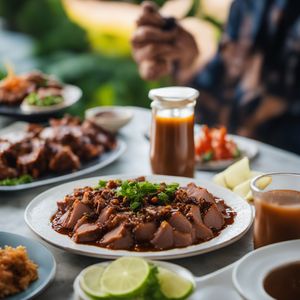
Lechon Sauce
Filipino cuisine

Pancetta all'aceto
Italian cuisine

Ragù Napoletano
Italian cuisine
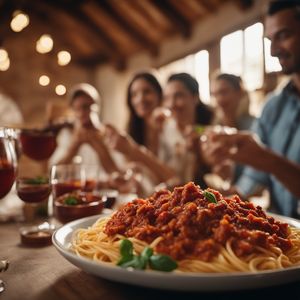
Ragù Toscano
Italian cuisine

Ragù all'Abruzzese
Italian cuisine

Ragù all'anatra
Italian cuisine
More cuisines from this region... Browse all »
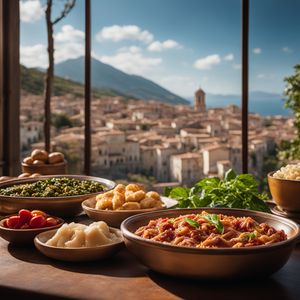
Abruzzese and Molisan cuisine
Savory, Earthy, Rustic, Hearty

Apulian cuisine
Fresh, Savory, Rustic, Simple
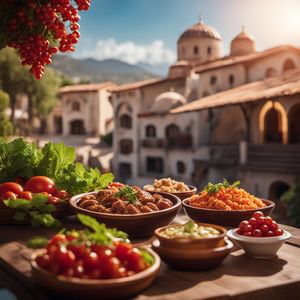
Arbëreshë cuisine
Savory, Tangy, Herbaceous, Spicy

Basilicatan (Lucanian) cuisine
Savory, Earthy, Rustic, Hearty

Ligurian cuisine
Light, Delicate, Herbaceous, Salty
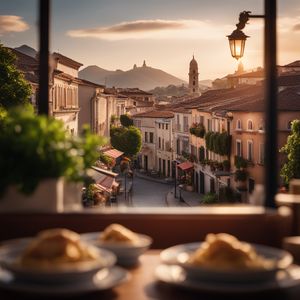
Lombard cuisine
Rich, Savory, Meaty, Cheesy

Neapolitan cuisine
Bold, Savory, Spicy, Tangy, Fresh

Roman cuisine
Fresh, Light, Herbaceous, Tangy, Savory

